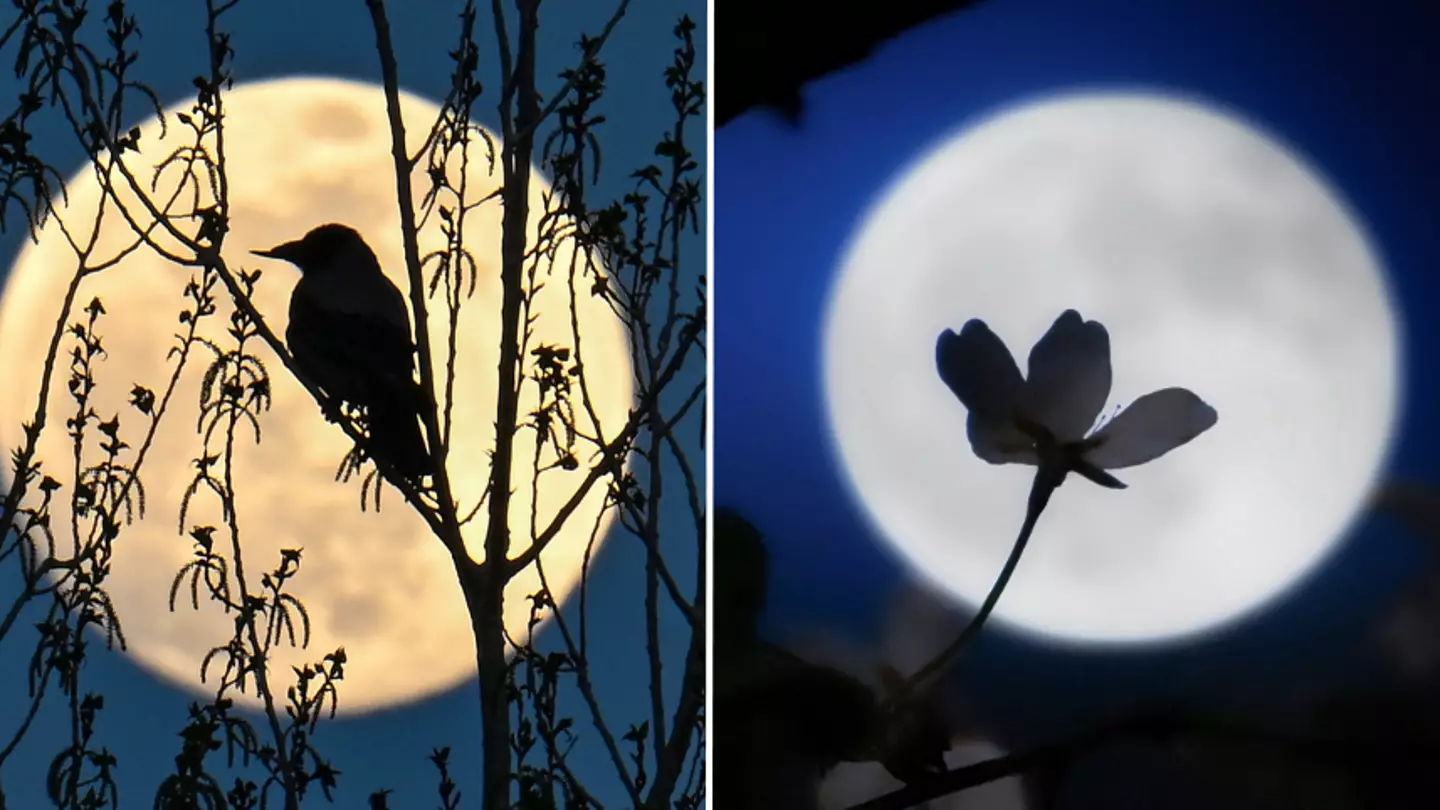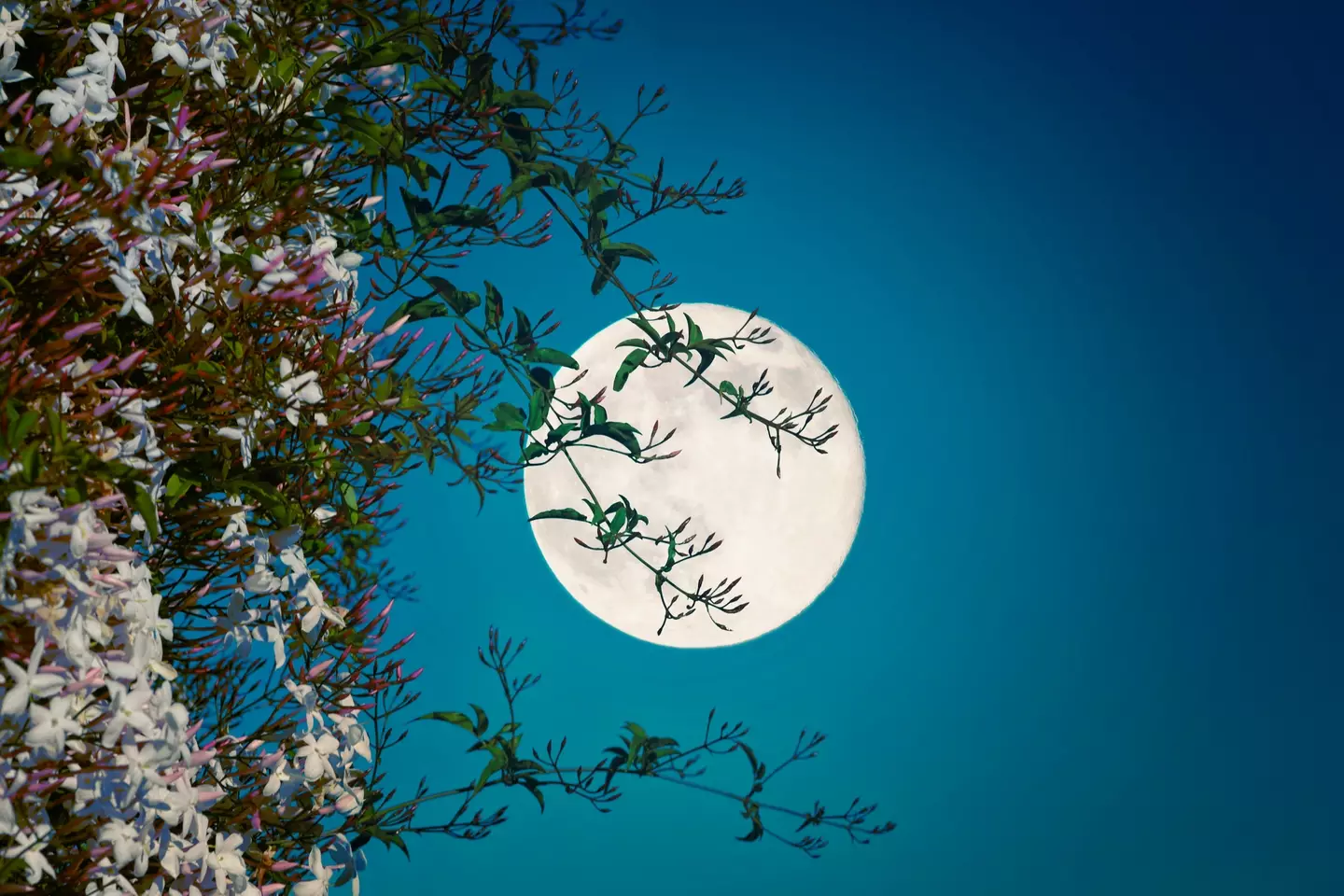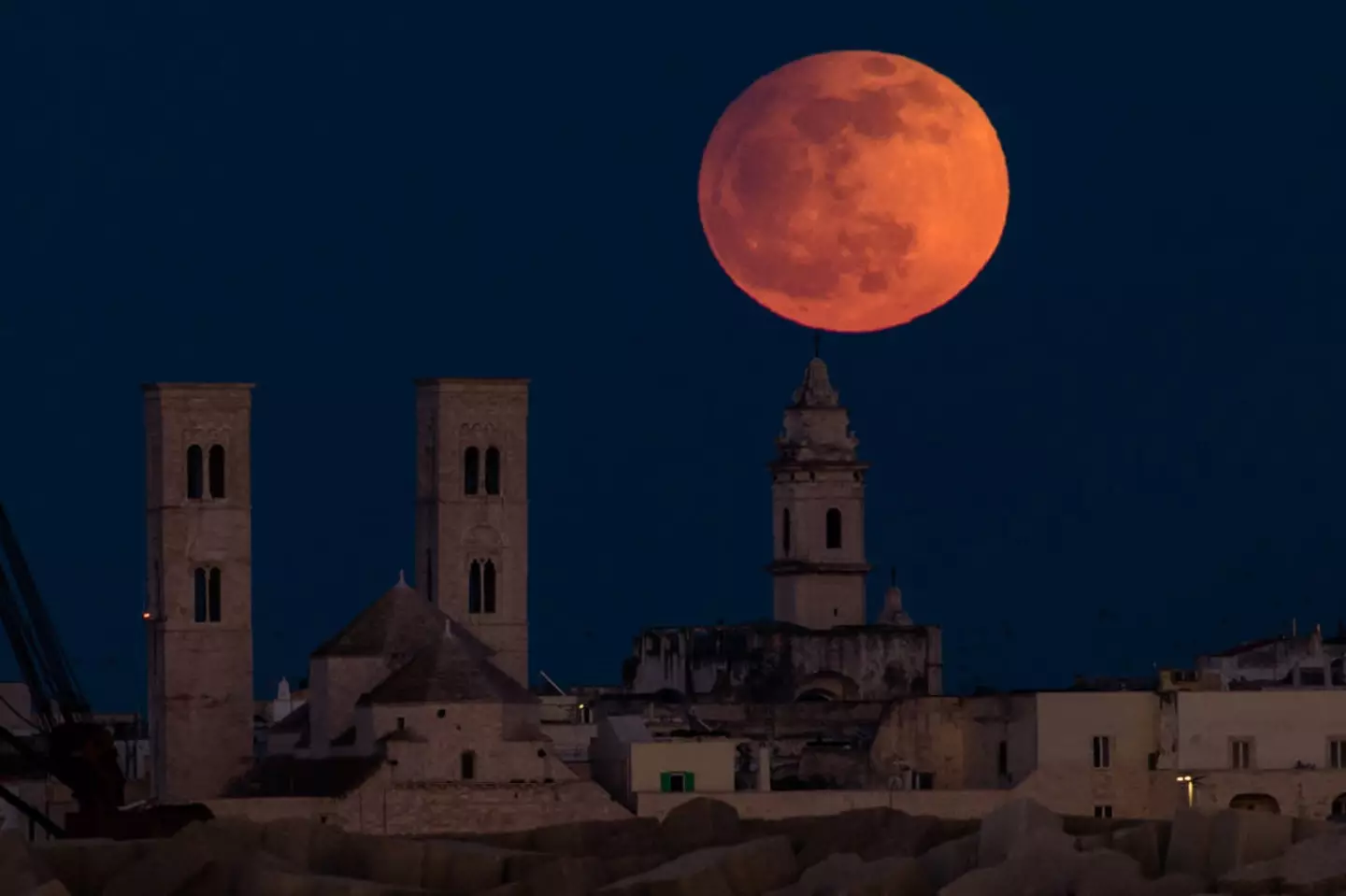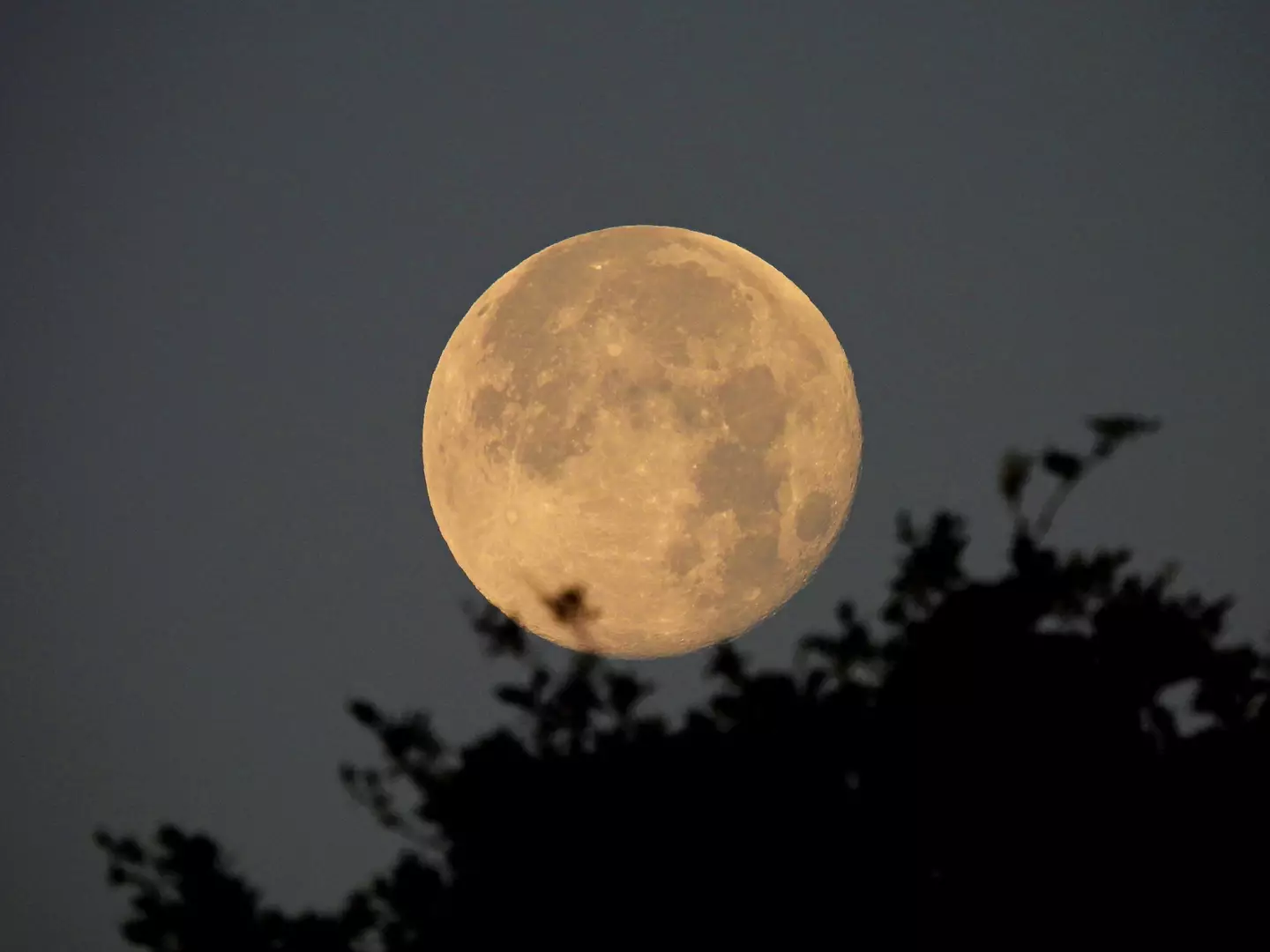
May's full moon is just around the corner - and it's expected to be *so* beautiful.
Peaking on 23 May, the Flower Moon will be bright and visible this week and if you want to catch a glimpse of it, take note.
Why is it called the 'Flower Moon'?
The full moon of May is described as the Flower Moon due to the season in which it appears.
It's also referred to as the Milk Moon, the Budding Moon and the Planting Moon, thanks to the number of wildflowers blooming in May.
Advert

Time and Date explains: "For example, many types of anemone, wild garlic, indigo, bluebells, lupine, sundrops, and violets, to name just a few.
"It is no wonder that the colourful displays these flowers create in nature have inspired people to call this time after them."
It's expected to be a spectacular sight, and if you want to view it in all its splendor then you might want to take note of a few pointers on when it will be at its biggest and brightest.
Advert

How to spot the Flower Moon
If you're in the UK, you'll want to view the full moon from a location with as little light pollution as possible.
According to BBC Sky at Night Magazine, the moon will rise in the southeast just before 10.00pm on 23 May.
Advert
"From the UK, the Flower Moon will rise in the southeast and will be visible from about 21:59: BST on 23 May," they explain.
"The Moon will then work its way across the southern part of the sky, before setting in the southwest in the early hours around dawn.
"Often you'll hear astronomers and stargazers saying the Moon is at its worst for observation when its full, and that a crescent or gibbous phase is much better.
"This is because during these phases the terminator - the line dividing the lit and unlit portions of the Moon - throws light and shadow on lunar features, making them much easier to see."
Advert

How to get a good photo
If you're lucky enough to catch a glimpse of the beautiful Lunar moment, chances are you'll want to capture a great photo.
RMG suggest: "Choose a location that allows an unobstructed view of the Moon for several hours, and try to set up away from buildings and other sources of light.
Advert
"If you want to focus just on the Moon, you'll need a telephoto lens or telescope."